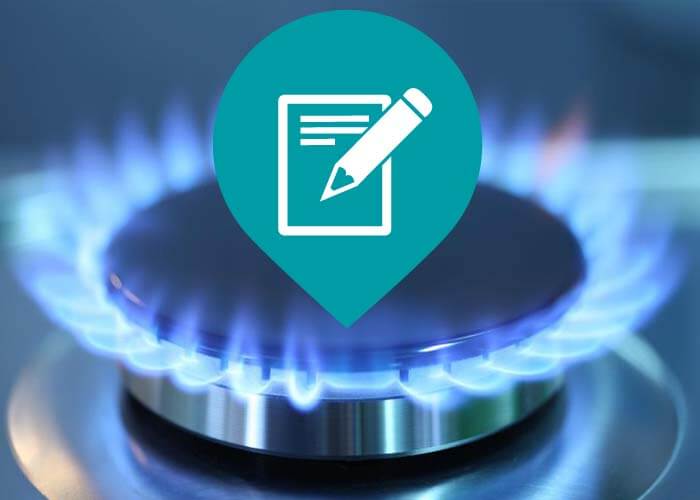
How Does the Gas Shipment System Work?
How Does the Gas Distribution System Job?
Gas streaming from greater to decrease stress is the fundamental principle of the natural gas delivery system. The amount of pressure in a pipeline is gauged in pounds per square inch.
From the well, the natural gas enters into "celebration" lines, which are like branches on a tree, getting bigger as they obtain closer to the main collection point.
Event Systems
An event system may require one or more area compressors to relocate the gas to the pipeline or the processing plant. A compressor is a device driven by an interior combustion engine or generator that develops pressure to "press" the gas through the lines. Many compressors in the natural gas delivery system make use of a percentage of natural gas from their own lines as fuel.
Some gas gathering systems include a processing center, which performs such features as getting rid of contaminations like water, carbon dioxide or sulfur that could wear away a pipeline, or inert gases, such as helium, that would decrease the energy value of the gas. Handling plants additionally can get rid of small quantities of lp and butane. These gases are used for chemical feedstocks and other applications.
The Transmission System
From the event system, the natural gas actions into the transmission system, which is generally composed of about 272,000 miles of high-strength steel piper.
These large transmission lines for gas can be compared to the country's interstate freeway system for automobiles. They move huge quantities of natural gas thousands of miles from the producing areas to regional circulation firms (LDCs). The stress of gas in each section of line typically ranges from 200 pounds to 1,500 pounds per square inch, relying on the kind of area in which the pipeline is running. As a precaution, pipelines are designed as well as created to deal with much more stress than is ever really reached in the system. For example, pipelines in more populated locations operate at less than half of their design pressure degree.
Lots of major interstate pipes are "looped"-- there are two or even more lines running alongside each other in the very same access. This gives optimum capacity during periods of peak need.
Compressor Stations
Compressor stations lie around every 50 to 60 miles along each pipeline to increase the stress that is lost with the rubbing of the natural gas moving through the steel pipe. Several compressor stations are entirely automated, so the equipment can be begun or quit from a pipe's central control room. The control space can additionally remotely operate shut-off valves along the transmission system. The operators of the system maintain comprehensive operating information on each compressor terminal, and also continually adjust the mix of engines that are going to maximize effectiveness and also safety.
Gas relocations through the transmission system at up to 30 miles per hr, so it takes a number of days for gas from Texas to come to an utility invoice point in the Northeast. Along the road, there are numerous interconnections with other pipelines and also other energy systems, which provides system drivers a lot of flexibility in relocating gas.
Linepack
A 50-mile area of 42-inch transmission line operating at about 1,000 pounds of pressure has about 200 million cubic feet of gas-- sufficient to power a kitchen range for greater than 2,000 years. The quantity of gas in the pipeline is called the "linepack.".
By elevating and also decreasing the stress on any kind of pipe sector, a pipe business can utilize the section to store gas throughout durations when there is less demand at the end of the pipe. Utilizing linepack by doing this allows pipe drivers to handle per hour variations popular very successfully.
Natural gas pipes as well as energies utilize really advanced computer system designs of consumer need for natural gas, which associate day-to-day and hourly usage fads with seasonal and also environmental aspects. That's why consumers can rely on the reliability of natural gas-- when it's required, it exists.
Gateway Terminals.
When the gas in a transmission pipe reaches a regional gas utility, it typically goes through a "gate station." Energies frequently have gateway terminals getting gas at many different locations and also from a number of different pipes. Gate terminals serve three purposes. First, they reduce the stress in the line from transmission levels (200 to 1,500 extra pounds) to distribution degrees, which vary from 1/4 pound to 200 pounds. After that an odorant, the distinctive sour fragrance associated with natural gas, is added, to make sure that consumers can smell even small quantities of gas. Lastly, eviction terminal measures the flow rate of the gas to identify the quantity being obtained https://www.pasadogalgaz.net/ by the energy.